Results
-
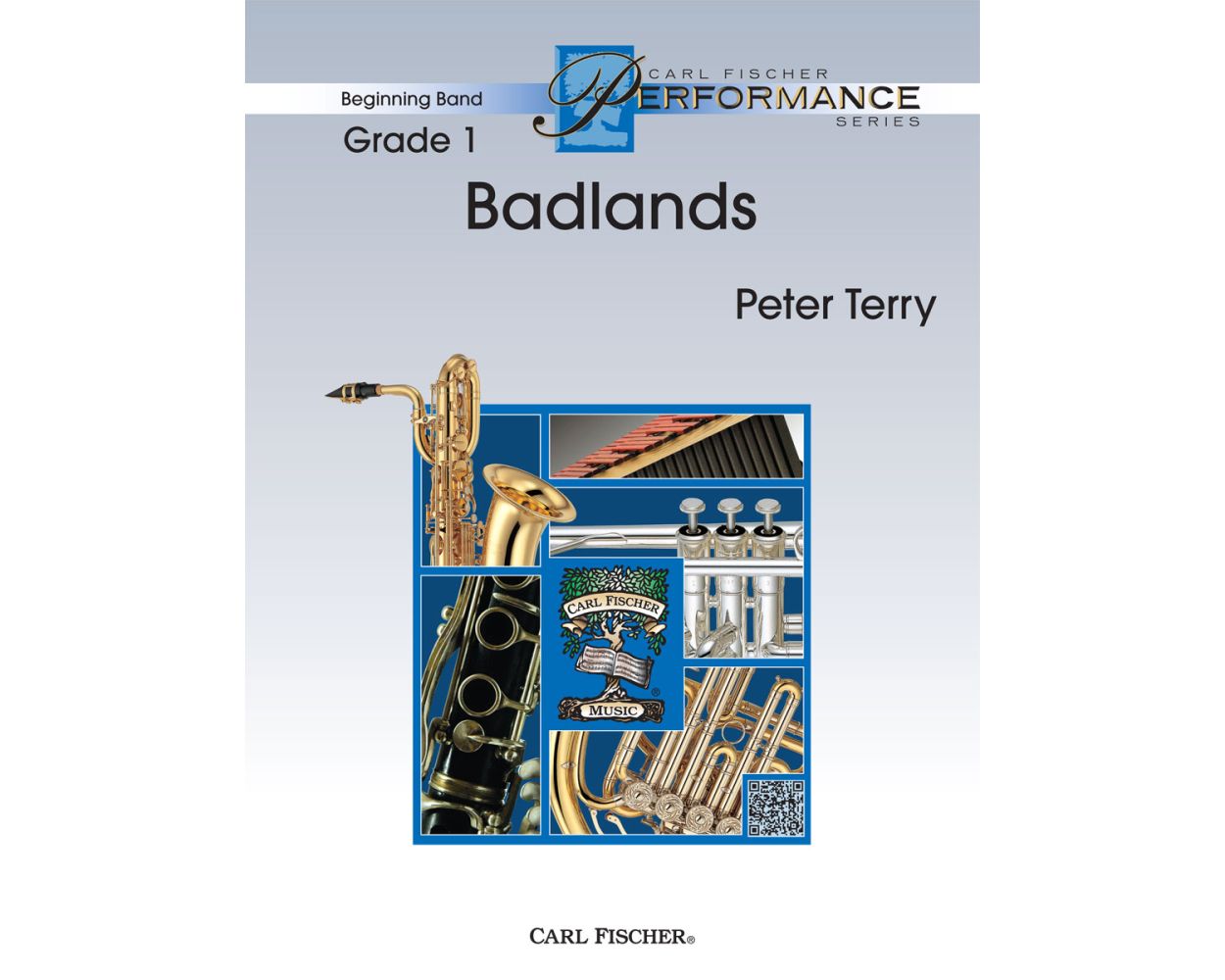 £42.00
£42.00Badlands
Peter Terry's Badlands represents the dramatic terrain created bysedimentthat iseroded over millions of years. This creates stark but beautifulstructures in a harsh and alien landscape.This piece opens with a first theme that depicts the stark emptiness of the Badland terrain. This moves to a brooding, mysterious second theme followed by variations.The piece ends with a return of the first theme for a dramatic finish.
Estimated dispatch 12-14 working days
-
 £72.00
£72.00If I Could Fly
Who hasn't entertained the idea of flying? In this accessible grade 3 work, the performer, along with the audience, will enjoy the fantasy of spreading their wings and soaring over meadows and farms, streets and schoolyards, malls and churches, wherever their imagination wants to take them. It is a lush, flowing composition with a lot of opportunities for whimsical expression.
Estimated dispatch 12-14 working days
-
 £72.00
£72.00Polar Vortex
The Polar Vortex is the mass of extremely cold air situated over each of the earth's poles. Occasionally the vortex slips away from the polar region bringing unusually cold air to areas away from the pole. Polar Vortex is a depiction of a winter storm inspired by the poem by Ralph Waldo Emerson, "The Snow-Storm." It is a rhapsodic piece with many contrasting moments, styles, tempos, and colors of sound. A sophisticated new work from composer Gene Milford.
Estimated dispatch 12-14 working days
-
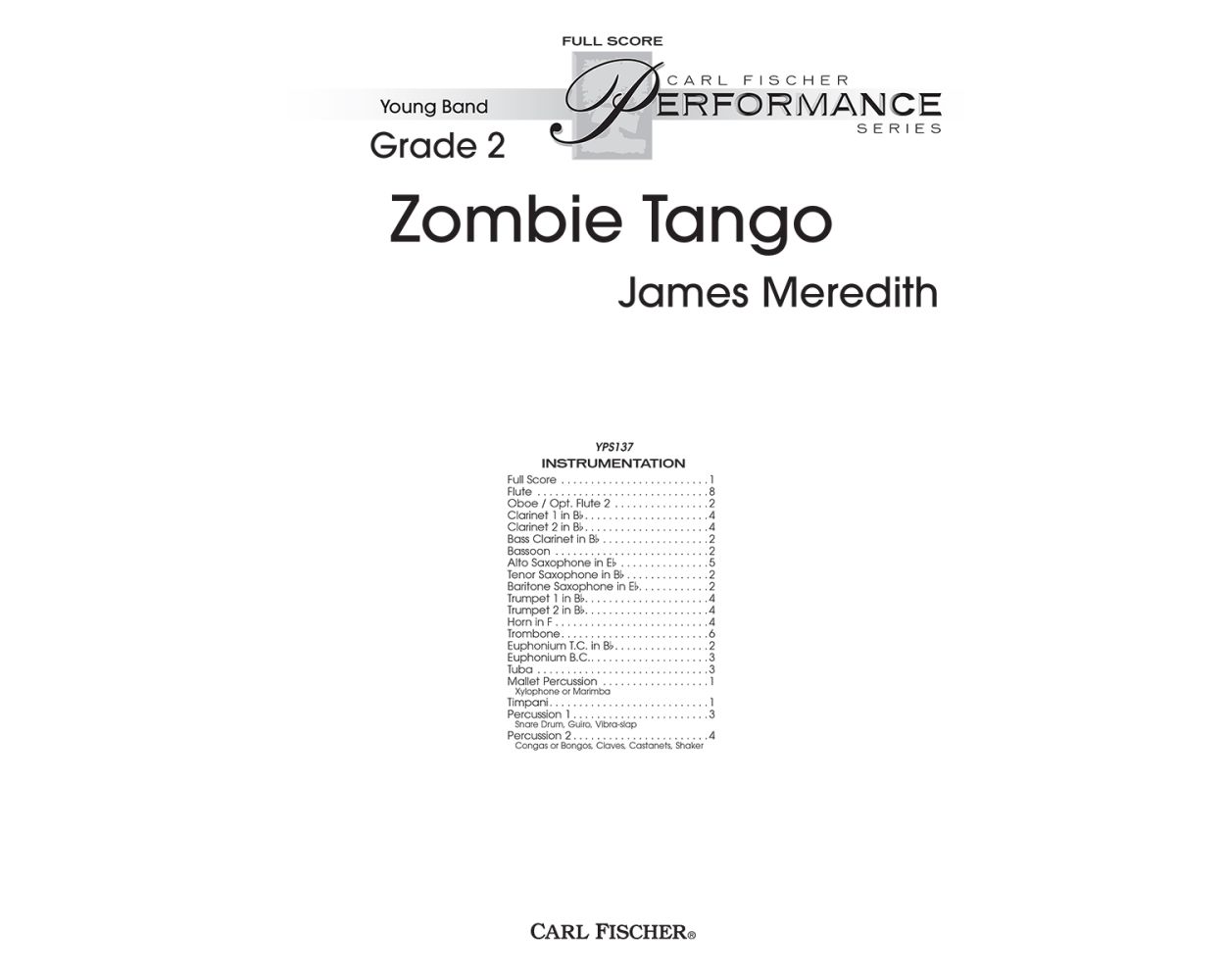 £53.00
£53.00Zombie Tango
Imagine if you will, two zombies dancing a zombie tango and you get the gist of this clever piece for young players. It would make a great Halloween concert piece, or anytime zombie fever is taking over your school. This is the first piece in our catalog by composer James Meredith.
Estimated dispatch 12-14 working days
-
 £72.00
£72.00Invercargill
This march has been a standard in the concert band repertoire for over 75 years. Arranger Andrew Balent works his usual magic and brings this challenging march within reach of more bands with his excellent scoring. Andy has a way of keeping the original intent intact but making the march feasible for less experienced players. Perfect for contest warm-up.
Estimated dispatch 12-14 working days
-
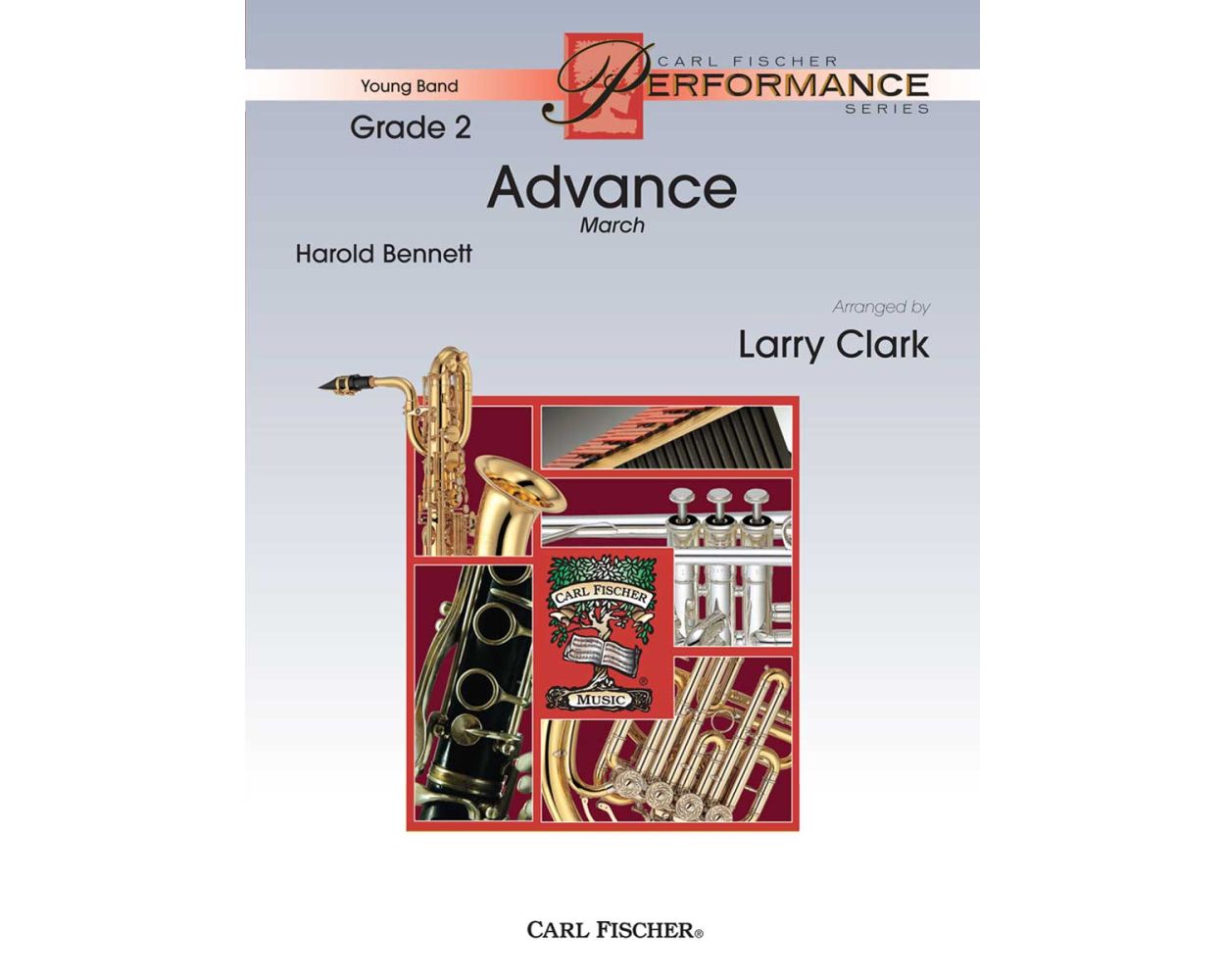 £53.00
£53.00Advance - Harold Bennett
Larry Clark continues to dig through all of the wonderful marches of Henry Fillmore (using the pseudonym Harold Bennett) to provide young bands everywhere excellent marches for contest/festival. These tuneful little gems are some of the best young band marches ever written and Advance is no exception. Directors have been eagerly awaiting yearly installments in the Bennett march series for over ten years.
Estimated dispatch 12-14 working days
-
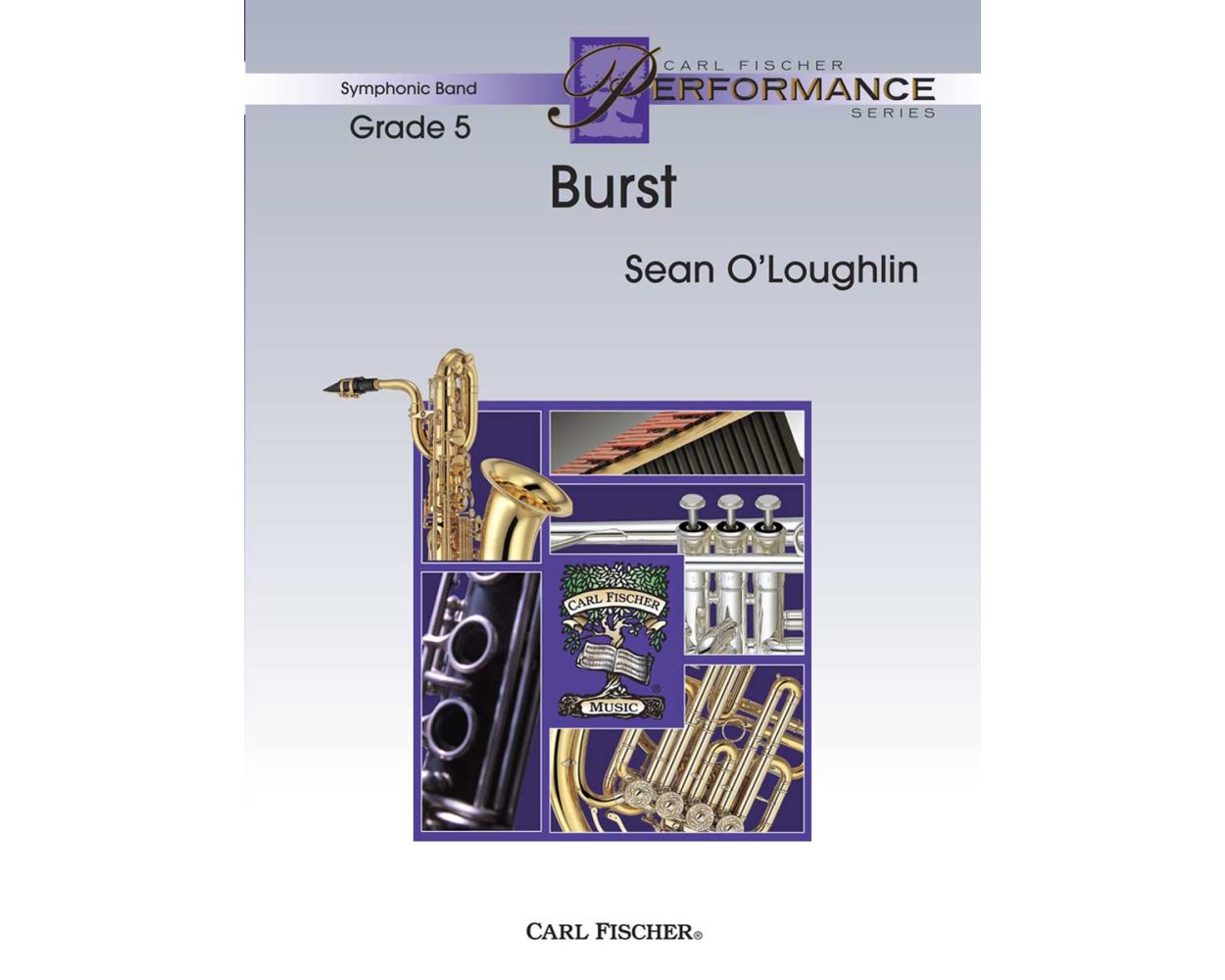 £72.00
£72.00Burst
A tour de force concert opener (or a striking closer) that rips right out of the gate with a four-note motive functioning as the genesis for the rest of the piece. It comes complete with bursts of brass fanfares, woodwind flourishes, percussion interjections, and biting harmonies that build tension only resolved at the final chord. This piece packs an incredible amount of music in a short period of time. Before you know it - wham! It's over. One of O'Loughlin's finest works to date!
Estimated dispatch 12-14 working days
-
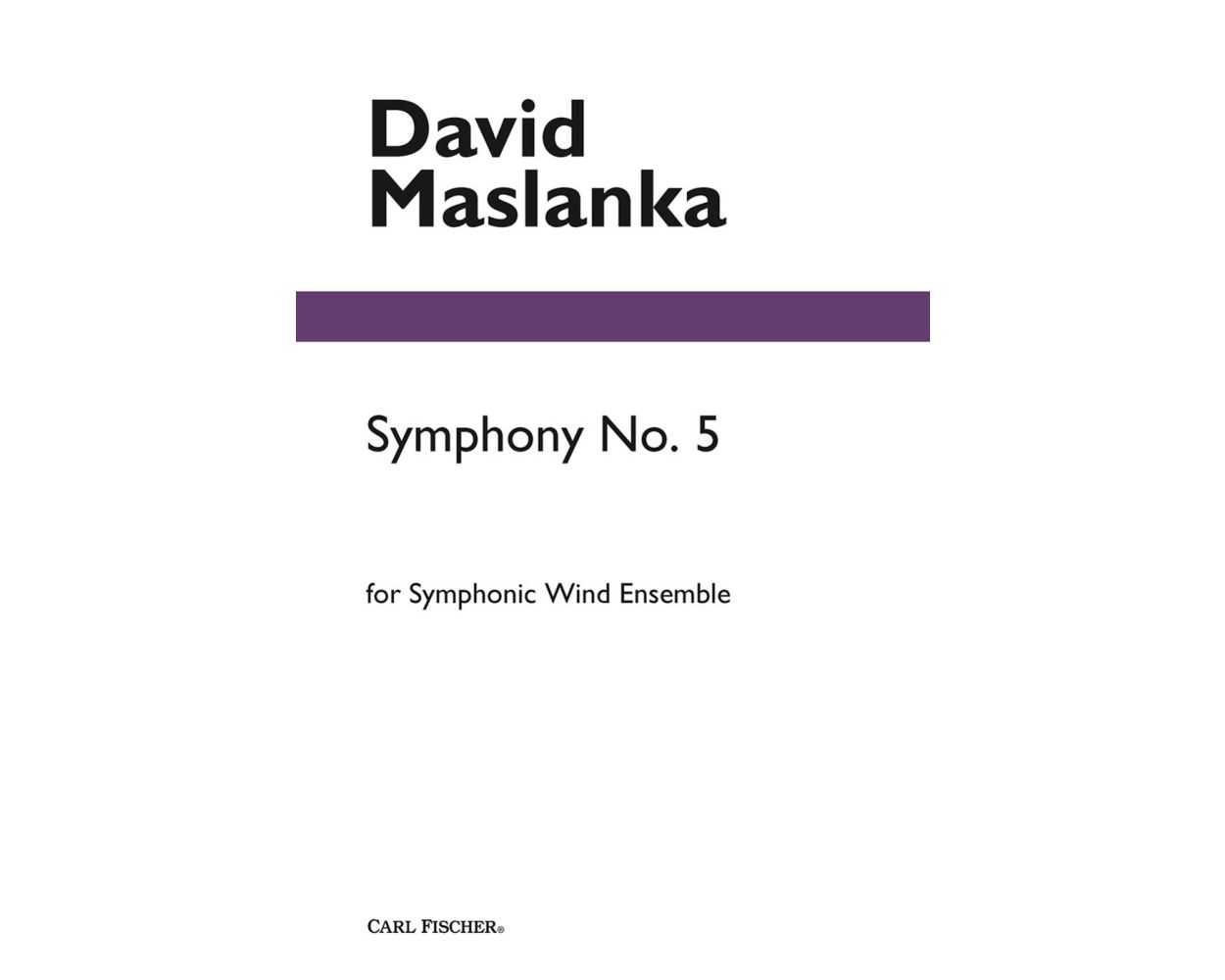 £132.00
£132.00Symphony No. 5
This four movement piece was composed around three recognized chorale melodies: Durch Adams Fall ("Through Adam's Fall") in the first movement; O Lamn Gottes, unschuldig ("O Lamb of God, without Blame") in the second movement; and Christ lag in Tdesbanden ("Christ Lay in the Bonds of Death") in the third and fourth movements. Although Maslanka's works usually portray feelings of loss and grief, Symphony No. 5 is filled with a bright and hopeful energy. The music continually speaks to the theme of transformation - the transformation of tears into power, and the victory of life over death.
Estimated dispatch 12-14 working days
-
 £53.50
£53.50No Step, Go Step, Half Step, Whole Step! - Richard L. Saucedo
Not only is this an intriguing concert piece for 2nd year players, it's also a great way to introduce the basics of simple intervals. It's sure to be an entertaining piece for every section of the band, plus your percussionists will be fighting over who gets to play the vibraslap! (This publication includes an optional DroneMap rehearsal aid created by Michael Pote) Dur: ca. 2:45
Estimated dispatch 7-14 working days
-
 £60.99
£60.99Journey (Paddle Song) - Chief Ian Campbell
In partnership with Squamish First Nation Chief Ian Campbell, Robert Buckley has creatively re-imagined this haunting melody for full concert band. Journey features an underlying rhythmic pulse over which the melody evolves in a variety of moods and textures. The end result is quite dramatic and offers a rare glimpse of an ancient culture. Dur: ca. 3:20
Estimated dispatch 7-14 working days
